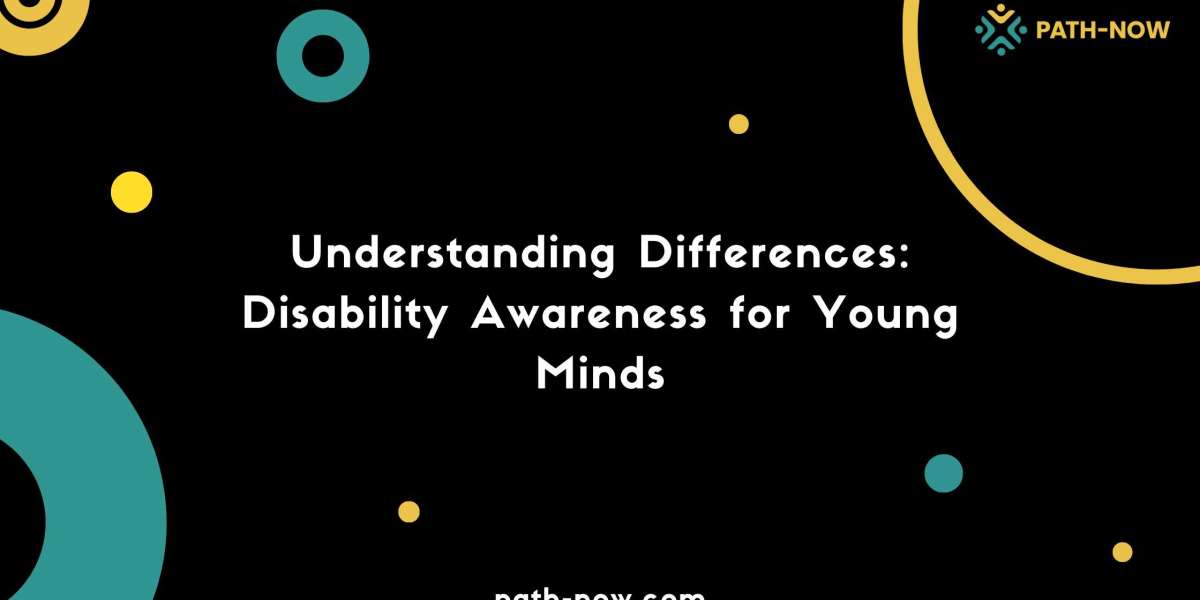In today’s diverse world, fostering an environment of empathy and understanding is more important than ever. One of the critical steps in achieving this is through disability awareness education for young minds. Teaching children about disabilities not only promotes inclusivity but also helps them understand and respect the differences that make each individual unique.
Why Disability Awareness Matters
Disability awareness education is essential for several reasons:
- Promotes Empathy:
Understanding what others go through helps children develop empathy. They learn to see the world from different perspectives and appreciate the challenges faced by people with disabilities.
- Encourages Inclusivity:
Awareness reduces stigma and discrimination. Children learn to include and support their peers with disabilities, creating a more inclusive environment.
- Builds Stronger Communities:
Teaching children about disabilities contributes to building communities where everyone is valued and respected, regardless of their abilities.
How to Introduce Disability Awareness to Children
Introducing disability awareness to children can be done in various engaging and age-appropriate ways:
- Storytelling:
Stories are a powerful tool for teaching children about disabilities. Books featuring characters with disabilities can help children understand the experiences of others. Titles like "Wonder" by R.J. Palacio and "El Deafo" by Cece Bell are excellent choices.
- Classroom Activities:
Interactive activities can make learning about disabilities more relatable. Simulating a disability for a short period, like navigating a classroom with a blindfold or using a wheelchair, can help children understand the challenges faced by their peers with disabilities.
- Guest Speakers:
Inviting people with disabilities to speak to children can provide real-life perspectives and answer any questions they might have. It also humanizes the concept of disability, moving it from an abstract idea to a real-world experience.
- Educational Videos and Programs:
There are many educational videos and TV programs designed to teach children about disabilities. These can be used in classrooms or at home to provide visual and relatable content.
Important Concepts to Teach
When teaching disability awareness, it’s crucial to cover several key concepts:
- Diversity:
Emphasize that disabilities are just one aspect of the diversity that makes the world interesting and vibrant. Each person’s differences contribute to the richness of our communities.
- Respect:
Teach children to respect all individuals, regardless of their abilities. This includes using respectful language and being mindful of how they interact with peers with disabilities.
- Inclusion:
Highlight the importance of including everyone in activities and discussions. Children should understand that everyone, regardless of ability, has something valuable to contribute.
- Empathy:
Encourage children to think about how others feel and to be supportive and kind. Role-playing scenarios can be effective in teaching empathy.
Resources for Disability Awareness Education
There are numerous resources available to help teach children about disabilities. Many organizations provide materials and resources for disabilities children, including books and activities that can be used both at home and in school settings. Notable books include "The Boy Who Learned Upside Down" by Christy Scattarella and "My Friend Isabelle" by Eliza Woloson.
Websites like “Kids Health” and “Teaching Tolerance” offer valuable resources and activities for teaching children about disabilities. Additionally, organizations such as the National Center for Learning Disabilities and the American Association of People with Disabilities provide extensive support for disability awareness education.
Conclusion
Teaching young minds about disabilities is a crucial step in building a more inclusive and empathetic society. By using engaging methods such as storytelling, interactive activities, and guest speakers, we can help children understand and respect the differences that make each person unique. Disability awareness education not only benefits children with disabilities by fostering a supportive environment but also enriches the lives of all children by teaching them valuable life skills of empathy, respect, and inclusion.
By promoting disability awareness from a young age, we are investing in a future where everyone is valued and given the opportunity to thrive. Let’s work together to make our world a more inclusive place for all.








